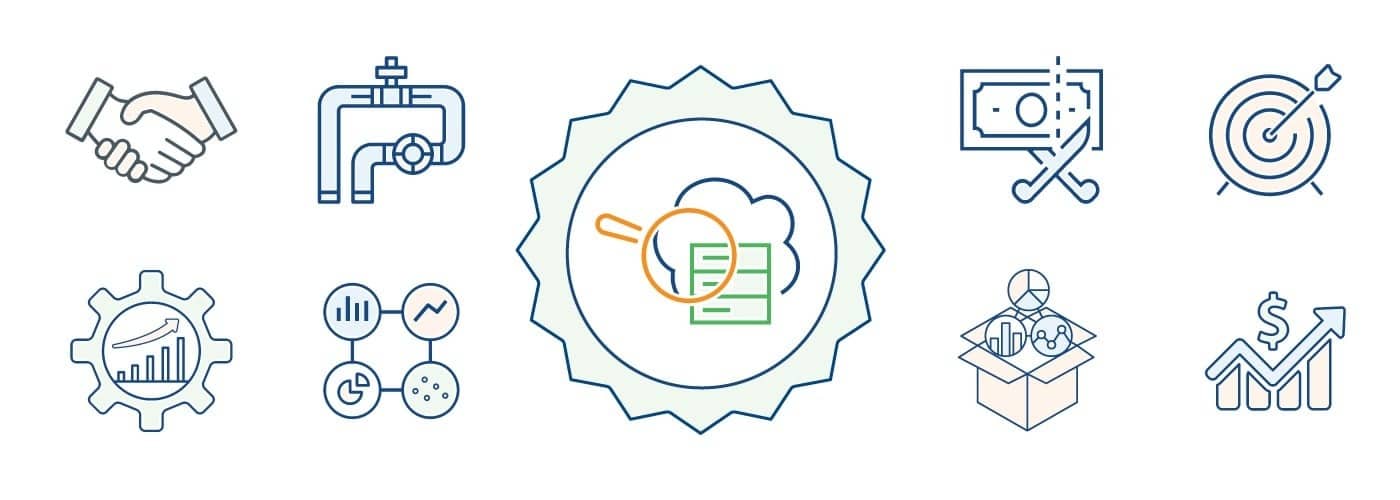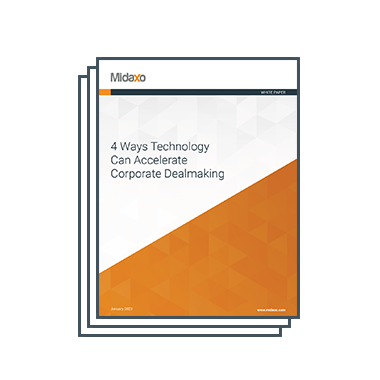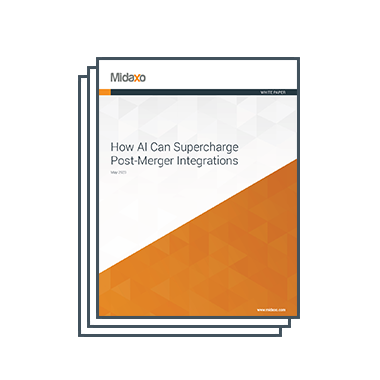Slack is worth over $5 billion. Shopify, $10 billion. LinkedIn was acquired for $26 billion and Salesforce is nearing $100 billion in market cap.
The shared trait among these tech stars: a SaaS (software as a service) business model. Unlike physical inventory and brick and mortar-governed growth, cloud- based software has created a rapid and profitable way for a company to scale.
Investors, in particular, love the benefits of a software-as-a-service. They:
- Create predictable revenues
- Can be used anywhere and are mobile friendly
- Typically have easy integrations with plug-ins or add-ons
- Have low overhead, packaging, or distribution costs
- Limit piracy
- Have flexible and clear licensing models
- Update on a regular basis
- Collect user data and test new features easily
Under the SaaS model, companies and investors can focus energy on improving the product and user experience. When done well, this produces strong, consistent revenue growth while the recurring economics support faster scale and reduced risk.
Delightfully unconstrained, the SaaS model has investors and acquirers placing a premium on such companies. BVP’s Cloud Index, an index of 52 publicly traded cloud companies, has returned nearly 500% since January 2011 – over four times the S&P 500 and Dow Jones. As an example, Cisco’s acquisition of AppDynamics was transacted at a dizzying multiple of 17.3x enterprise value/trailing twelve month revenue multiple.
Attractive future revenues, buyout potential and the declining costs to service customers as companies scale heightens M&A competitiveness in the SaaS space. For anyone looking to acquire a SaaS company, a rigorous due diligence process that uncovers key business drivers is a necessity. Understanding these helps de-risk a valuation and allows an acquirer to place the right premium on the right metric to establish an appropriate valuation.
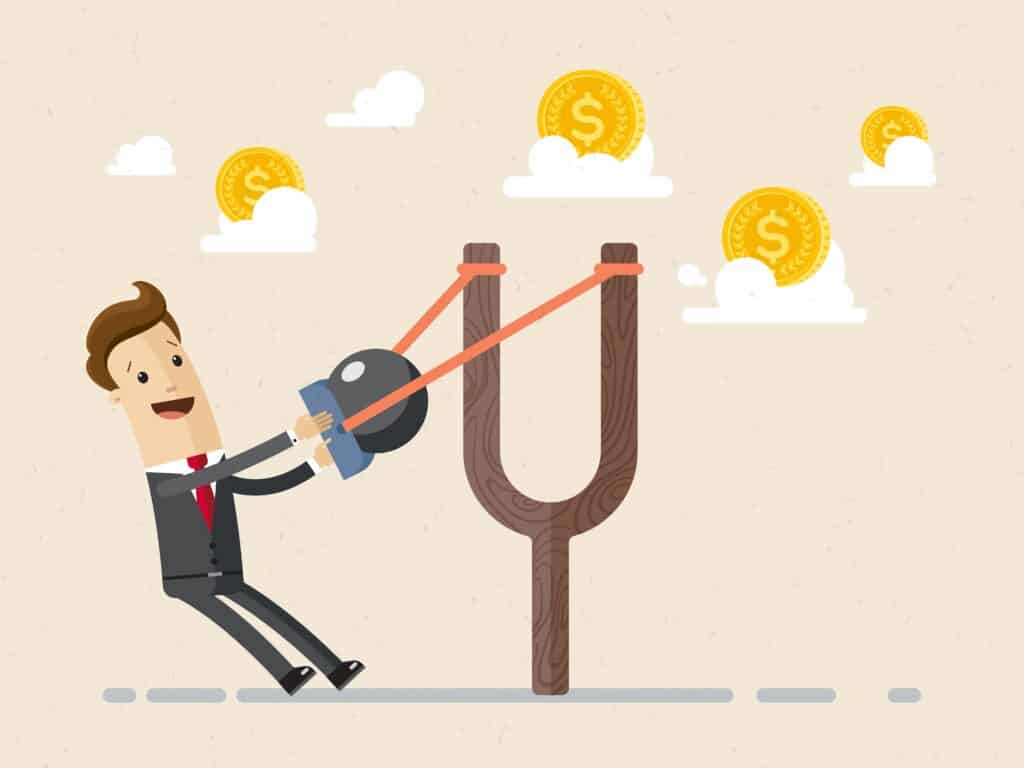
Which SaaS Metrics Matter Most?
Given SaaS valuations are largely pinned to revenue growth, churn stands as one of the most important indicators of company health. Churn is a statement about customer retention, it measures the ultimate failure in SaaS: customers who tried a product and decided it wasn’t worth paying for.
Most SaaS businesses book revenues on a monthly basis. Each month their net monthly recurring revenue (MRR) gets determined by adding their new MRR and any expansion or add-on MRR from existing customers and subtracting out churned revenues.
Each segment of the recurring revenue should be considered to assess a company’s health and growth prospects. Perhaps none more so, however, than churn.
Churn approaches are varied and must be considered in relation to the overall business model. Some B2C SaaS companies are built on small, individual, monthly recurring contracts so a classic customer churn rate is appropriate:
Customer Churn = Number of Churned Customers/Total Customers
Customer Churn Rate = (Customers beginning of month – Customers end of month) / Customers beginning of month
- 100 customers at the start of a month
- 5 of them cancel
- 5/100 = 5% customer churn
A word of caution, however. Churn rates have become so complicated that studies show there are at least 43 different ways public SaaS companies are accounting for the metric.
Other SaaS companies are B2B-centric, where revenue is dependent on large scale enterprise contracts. As an acquirer evaluating a SaaS M&A target, revenue churn vs. customer churn may paint a dramatically different picture of health.
If a company charges per user or has different pricing tiers, revenue churn quantifies what the cancellations are actually costing and at what speed.
Imagine the same scenario as before.
Revenue Churn = (MRR beginning of month – MRR end of month) – MRR in upgrades during month / MRR beginning of month
For example, if Company XYZ had $500,000 MRR at the beginning of the month, $300,000 MRR at the end of the month, and $100,000 MRR in upgrades/expansions in the month from existing customers, its revenue churn rate would be:
(($500,000 – $300,000) – $100,000)/$500,000 =
($200,000 – $100,000)/$500,000 =
($100,000)/$500,000 = 20%
This company is churning revenue at an unsustainable rate of 20%. Retention concerns could be massively underestimated if customer churn was the only churn-metric considered during due diligence.
Tomasz Tunguz from VC firm Redpoint sums it up this way:
“In practice, churn rates vary by customer segment. Startups serving SMBs tend to operate with higher monthly churn, somewhere between 2.5% and 5%+, because SMBs go out of business with greater frequency and tend to be acquired and managed through less retentive channels, e.g. self-service. In the mid-market, which I’d define by average customer revenue of between $10k and $250k loosely speaking, the churn rates I’ve seen are between 1% and 2% per month. Enterprise companies, those with customers paying more than $250k per year are typically closer to 1%. As the spend per customer grows, startups can afford to invest significantly more in retaining the customer, hence the improving rates.”

Retention figures alone should not be treated as gospel. While a customer retention figure indicates whether customers are remaining loyal, it won’t tell you if customers are paying more or less each month. Similarly, while a revenue retention figure reveals if customers are upgrading or downgrading (therefore paying more or less) it won’t touch on whether the overall number of customers is declining.
Ultimately, what becomes acceptable as a metric depends on a number of factors unique to the target company. Understanding unit metrics such as those outlined above provides acquirers with a clear picture of whether a company is making money. This is fundamental to arriving at an appropriate valuation and fosters prudent due diligence even if a SaaS company boasts massive headline growth. Consequently, customer churn should be towards the top of any due diligence checklist for companies looking to make an acquisition in the SaaS space.
The Power of Unit Economics
In its simplest form, the question on which SaaS valuation hangs is can the company make more on a customer than it costs to acquire them? To answer this, consider the unit economics at the customer level. Two essential valuation points are Customer Acquisition Cost and Customer Lifetime Value.
Customer Acquisition Cost (CAC) is just that: the total cost of the sales and marketing efforts needed to acquire a customer. CAC is a defining factor related to business model viability. It indicates how much it costs to replace the churn described above.
CAC = Total Cost of Sales & Marketing/# of Customers Acquired
Understanding CAC matters because once a company acquires a customer they have immediately lost money.
Yes, that’s right. From that day on the company enters a payback period to recoup the cost of signing up a new customer. In optimizing CAC, companies can reduce the time it takes to start making money from a new customer.
There is no universally accepted number here. Rather, deal teams need to understand the market and competitive dynamics and consider this metric in context by looking at it in relation to Customer Lifetime Value (CLTV).
Customer Lifetime Value is the average amount of revenue that a company earns from a customer during the period over which they pay for a service. For example, if a customer signs up for your product for duration of 12 months, the amount they will pay during the period will determine the lifetime value. The higher the number, the more valuable each new customer is.
One commonly accepted way to calculate basic CLTV is:
Basic Customer Lifetime Value = Average Revenue Per User (ARPU) * Gross Margin / Customer Churn (months or years)
Consider a SaaS company with an average customer paying a $500/month software license fee. The average gross margin on a license is 75% and, based on historical trends, a customer is expected to remain a customer for 48 months. In this example:
CLTV = $500 * 75% * 48 = $18,000
NOTES: (1) To truly get an accurate picture of CLTV, it is important to take Gross Margin into consideration. (2) At a minimum, a SaaS company’s CLTV should be greater than its CAC (customer acquisition cost). Otherwise the company is losing money.
CLTV is so important because it provides a more comprehensive picture of the health of a SaaS company than other metrics. For instance, average revenue per user (ARPU) is limited to showing what a company is charging, on average, for a customer in a given month/year. However, this metric doesn’t provide any insight on the duration over which customers will pay or if they are likely to expand/pay more in the future. It is notable, however, that there needs to be a large enough sample size (number of customers) in order for the CLTV calculation to be meaningful.
When performing a financial evaluation of SaaS companies during the M&A due diligence, consider company health and sustainability through a lens of the ratio of CLTV/CAC. The CLTV/CAC Ratio is the total average value you expect to receive from a new customer compared to the average cost to acquire a new customer. This allows an acquirer to sense the nature of ongoing cash and investment requirement (plus the existing health of marketing and acquisition channels) to determine if a growth strategy is working – and is worth paying for.
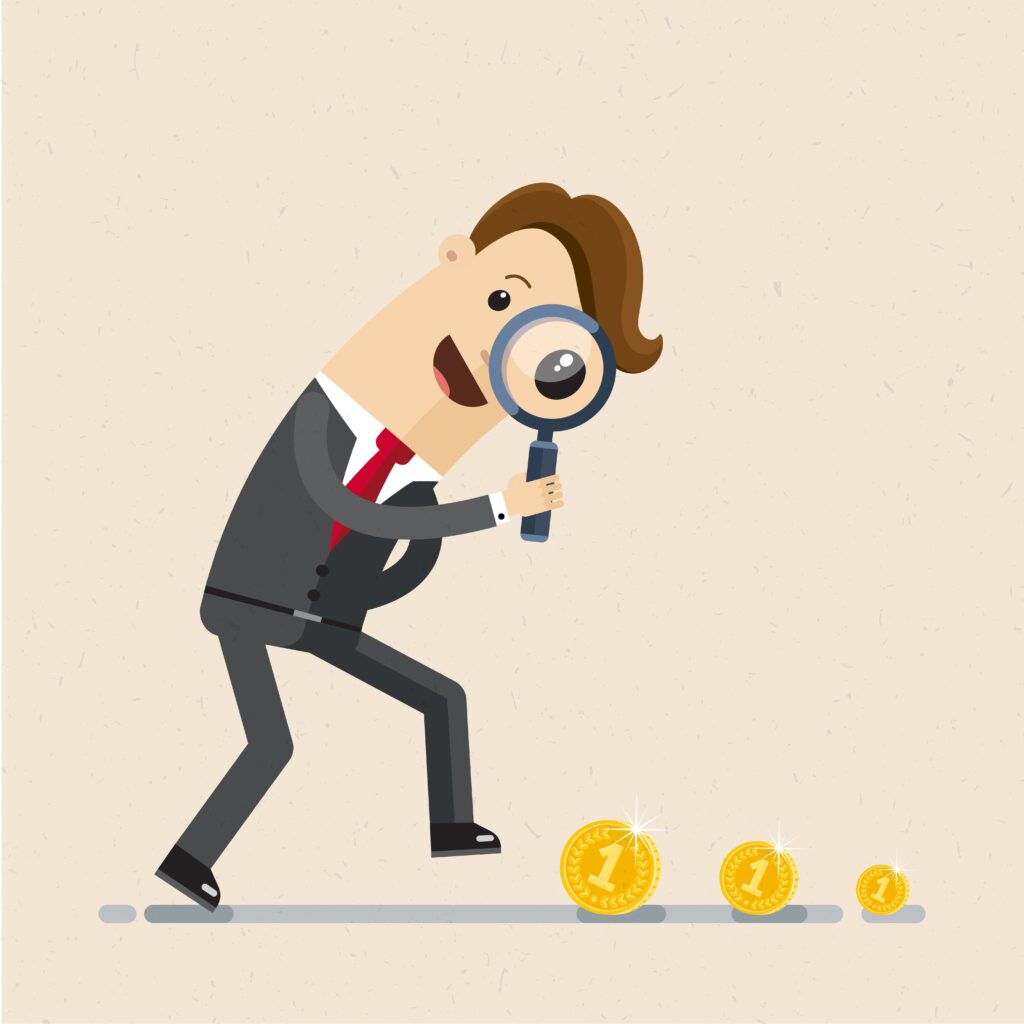
Due Diligence Differences
When it comes to due diligence the SaaS model has unique qualities that require careful attention. Industry advisory company FE International outlines the following in respect of the quirks of SaaS:
One of the main factors that makes SaaS unique is the level of knowledge required to maintain the application. Ideally, a SaaS owner should have some experience in software development, […] There’s also a level of customer support required to run a SaaS business, so the model is less passive than that of most other monetized websites. Understanding the customer base of a recurring revenue business is vital, and churn is typically the metric of greatest use here.
While evaluation and rigorous due diligence steps should take place regardless of a target’s industry association, deal teams need to exercise caution: SaaS companies are different. Gaining an understanding of the critical levers that drive SaaS valuation is important and something that must be ticked-off before detailed due diligence commences.
Non-technical teams may not fully appreciate the realities of SaaS evaluation. Here are three overlooked areas critical to robust SaaS due diligence.
Source Code Review
Premium SaaS companies should have “…well-documented, annotated and tested source code”. Source code effectively holds the promise of future revenues. In a cloud-deployed company it is critical that source code is efficient, transparent, stable and standardized. This helps ensure a successful code transfer and opportunity for further, future development.
Intellectual Property Review
A thorough due diligence checklist includes assessing the strength of the software. This includes how the technology is patented and whether the acquirer is legally protected against competition. Moreover, it means ensuring that the SaaS target has sufficient freedom to operate (i.e. – isn’t infringing on someone else’s code).
Deal teams should expect to track all third-party components too – including both open-source and commercial library tools and ensuring that they are compliant with licensing and royalty requirements as needed. In conjunction with a legal review, assurances should be had that developers and engineers have signed IP assignments.
Customer Support
The recurring nature of SaaS makes customer support’s role in ensuring growth and profitability significant. Under the SaaS model, customers may have the option every month/year to decide whether they will continue with a brand or jump-ship to a competitor. SaaS companies are therefore perpetually “selling” themselves and their experience.
In SaaS due diligence, evaluation of customer support needs to extend beyond simply acknowledging the existence of resources such as a ticketing system, knowledge base library or call center. Metric evaluation is important. Support teams ensure customer success – that is, improving retention and capturing cross or upsell/expansion opportunities. Deal teams should assess critical support metrics such as renewal rates, contraction or downgrade rates, average response time, resolution rates and customer satisfaction (via a net promoter [NPS] score). Many SaaS companies fail here since they focus their spending and allocation of resources on trying to court new customers – while ignoring existing paying customer. The crux of the matter here is that any company ignoring their current customers is failing to minimize their churn rate.
Takeaway
The predictability of SaaS revenue and scale potential has many investors and acquirers placing a premium on these growth-oriented companies. However, discerning acquirers need to focus their diligence and valuation efforts around assessing the fundamental drivers of this growth. Understanding the business model and critical levers that support the growth of a SaaS company as part of a well-defined acquisition strategy puts deal teams in a strong position for decision making. This avoids the hype, limits overpayment and enables acquirers to extract real value from their SaaS M&A targets.
